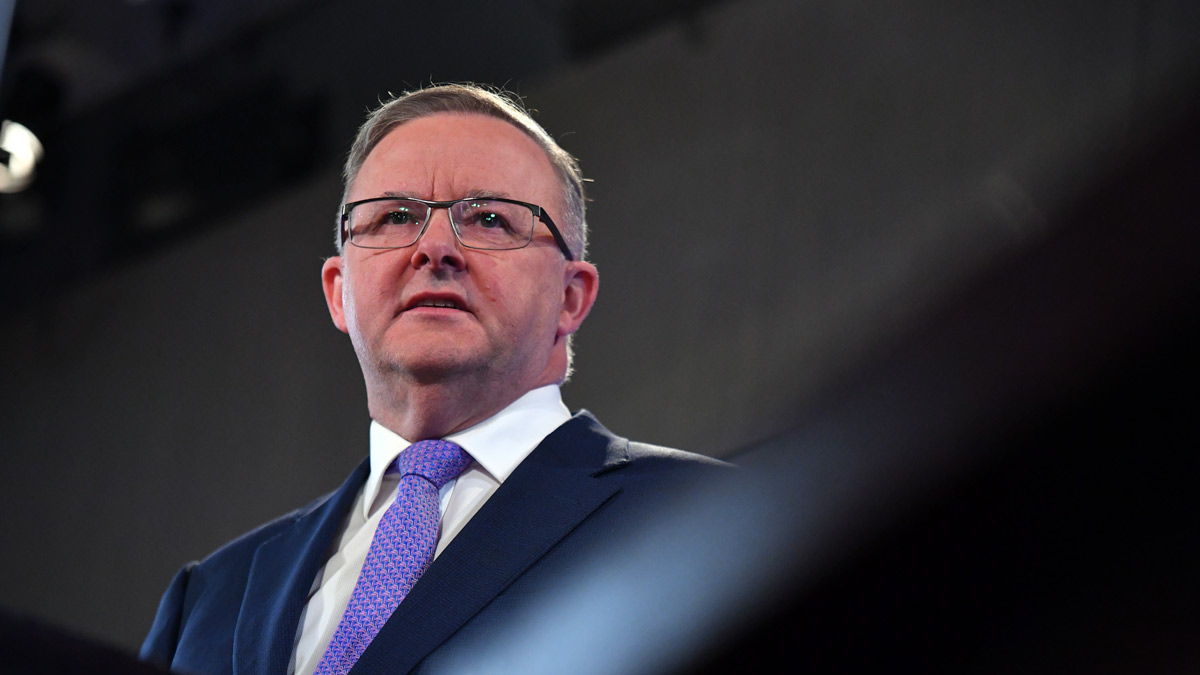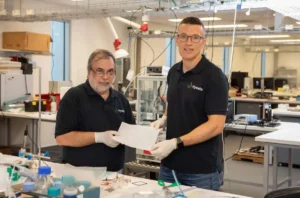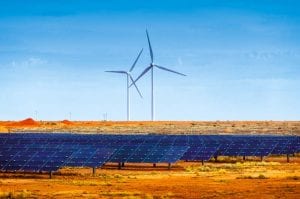India and Australia will work together on swapping ideas and expertise under a new Green Hydrogen Taskforce.
The industry-driven taskforce, signed on to today by prime ministers Narendra Modi and Anthony Albanese will be a joint effort to accelerate both countries’ foray into green hydrogen.
“The taskforce will comprise Australian and Indian experts in renewable hydrogen and report to the Australian-Indian Ministerial Energy Dialogue on the opportunities which are there for Australia and India to cooperate in this important area of renewable hydrogen,” Albanese said during a speech in Sydney.
“Investments like the taskforce will help power our industries in the future, and ensure that Australia and India meet our energy targets in the interests of both our respective countries, but also in support of reduction of global emissions.”
New direction?
Australia is currently reviewing its green hydrogen strategy, which is a hold-over from the previous Liberal government.
That strategy currently calls for a range of policy changes around developing hydrogen hubs, supporting pilots and trials, introducing clean hydrogen into gas networks and transportation, and developing an export industry.
The latest federal move on hydrogen was to tip $2 billion in the latest budget into supporting two to three large-scale production facilities with a price subsidy called a production credit, and origin verification and tracking certifications.
Australia already has a similar collaboration on green hydrogen with Japan in the $150 million Australian Clean Hydrogen Trade Program, but in that instance Japan is a willing buyer of Australian-made green hydrogen.
India is looking to be a key competitor to Australia, with ambitious goals to make 5 million tonnes of green hydrogen per year by 2030.
But the taskforce is still a step towards cementing future energy systems with green hydrogen, said Smart Energy Council CEO John Grimes in a statement. “It must be green hydrogen, or it will have no export potential,” he said.
“Working together builds the resilient energy supply chains for a zero-carbon future.”
Heavy cost for green hydrogen
But if Australia wants to do the green hydrogen superpower future painted by the likes of the Australian Energy Market Operator (AEMO) in its Integrated System Plan, or analysis from Bloomberg New Energy Finance, it will need to ask if the cost is worth it.
The AEMO plan forecasts energy demand to be 1278 terrawatt hours (tWh) in 2050 under its hydrogen superpower future, where an export industry is running and value-added products such as steel are all made with green hydrogen.
This week, Bloomberg NEF said the green hydrogen dream will require 812 gigawatts (GW) of wind and solar power, or 21 times more installed capacity than today.
The financial cost of that is an estimated $592 billion between 2022 and 2050, or 2.5 times more than the investment needed to reach net zero alone.










